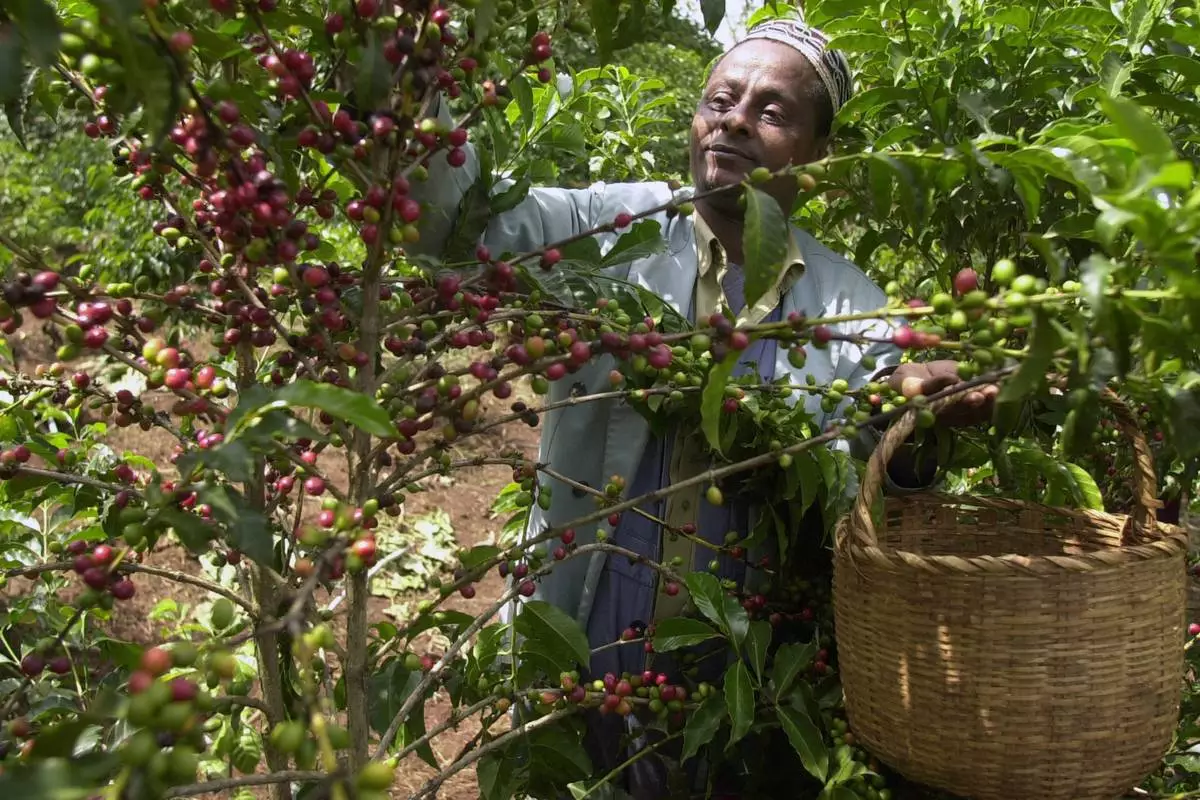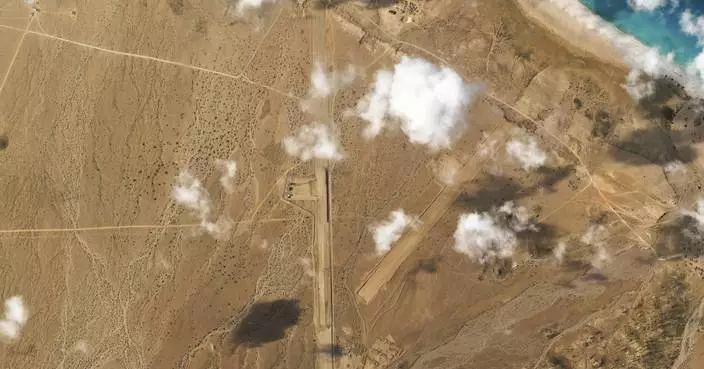The United Nations was launching an appeal Monday for countries to fund its response to the humanitarian crisis in Yemen, where more than six years of war has created the world’s worst humanitarian disaster.
At the pledging virtual conference, co-hosed by Sweden and Switzerland, U.N. Secretary-General Antonio Guterres will appeal for $3.85 billion this year to address the impoverished Arab country's dire needs in the country.
It is unlikely a response from donors will meet U.N. goals, given that the coronavirus pandemic and its devastating consequences have hit economies around the globe.
Yemen’s war started in 2014 when the Iran-backed rebel Houthis seized the capital, Sanaa, and much of the country’s north. The Saudi-led, U.S.-backed coalition intervened months later to dislodge the rebels and restore the internationally recognized government.
The conflict has killed some 130,000 people and spawned the world’s worst humanitarian disaster. Half of Yemen’s health facilities are shuttered or destroyed, and 4 million Yemenis have been driven from their homes. The coronavirus pandemic, cholera epidemics and severe malnutrition among children have led to thousands of additional deaths.
Separately, the U.N. Office for the Coordination of Humanitarian Affairs warned that more than 16 million people in Yemen would go hungry this year, with already some half a million living in famine-like conditions.
Jan Egeland, the secretary general of the Norwegian Refugee Council, who is on a week-long visit to Yemen, warned on Monday that aid groups were “catastrophically” underfunded and overstretched.
“It’s outrageous that aid organizations have to beg and scrape the barrel to provide the bare minimum food to help keep Yemenis alive, when the countries who wage war and cause so much of the suffering are still willing to spend magnitudes more on the fighting," he said.
Wealthy countries, such as the U.S., Saudi Arabia and the United Arab Emirates, cut back drastically on aid to Yemen last year amid the pandemic, corruption allegations, and also due to concerns that the aid might not be reaching its intended recipients in territories controlled by the rebels.
Last year's U.N. pledging conference, raised $1.35 billion — a billion dollars short of what aid agencies said they needed. In 2019, the U.N. received around $3.6 billion in international donations for its campaign, short of its $4.2 billion goal.
That coffee you slurped this morning? It’s 600,000 years old.
Using genes from coffee plants around the world, researchers built a family tree for the world's most popular type of coffee, known to scientists as Coffea arabica and to coffee lovers simply as “arabica.”
The researchers, hoping to learn more about the plants to better protect them from pests and climate change, found that the species emerged around 600,000 years ago through natural crossbreeding of two other coffee species.
“In other words, prior to any intervention from man,” said Victor Albert, a biologist at the University at Buffalo who co-led the study.
These wild coffee plants originated in Ethiopia but are thought to have been first roasted and brewed primarily in Yemen starting in the 1400s. In the 1600s, Indian monk Baba Budan is fabled to have smuggled seven raw coffee beans back to his homeland from Yemen, laying the foundation for coffee’s global takeover.
Arabica coffee, prized for its smooth and relatively sweet flavor, now makes up 60% - 70% of the global coffee market and is brewed by brands such as Starbucks, Tim Horton's and Dunkin'. The rest is robusta, a stronger and more bitter coffee made from one of arabica's parents, Coffea canephora.
To piece together arabica coffee’s past, researchers studied genomes of C. canephora, another parent called Coffea eugenioides, and more than 30 different arabica plants, including a sample from the 1700s — courtesy of the Natural History Museum in London — that Swedish naturalist Carl Linnaeus used to name the plant.
The study was published Monday in the journal Nature Genetics. Researchers from Nestlé, which owns several coffee brands, contributed to the study.
The arabica plant’s population fluctuated over thousands of years before humans began cultivating it, flourishing during warm, wet periods and suffering through dry ones. These lean times created so-called population bottlenecks, when only a small number of genetically similar plants survived.
Today, that renders arabica coffee plants more vulnerable to diseases like coffee leaf rust, which cause billions of dollars in losses every year. The researchers explored the makeup of one arabica variety that is resistant to coffee leaf rust, highlighting sections of its genetic code that could help protect the plant.
The study clarifies how arabica came to be and spotlights clues that could help safeguard the crop, said Fabian Echeverria, an adviser for the Center for Coffee Research and Education at Texas A&M University who was not involved with the research.
Exploring arabica’s past and present could yield insight into keeping coffee plants healthy – and coffee cups full – for future early mornings.
The Associated Press Health and Science Department receives support from the Howard Hughes Medical Institute’s Science and Educational Media Group. The AP is solely responsible for all content.

FILE - Mohammed Fita picks coffee beans on his farm Choche, near Jimma, 375 kilometers (234 miles) southwest of Addis Ababa, Ethiopia, on Saturday, Sept. 21 2002. Wild coffee plants originated in Ethiopia but are thought to have been primarily roasted and brewed in Yemen starting in the 1400s. (AP Photo/Sayyid Azim, File)

FILE - Arabica coffee beans harvested the previous year are stored at a coffee plantation in Ciudad Vieja, Guatemala, on May 22, 2014. In a study published in the journal Nature Genetics on Monday, April 15, 2024, researchers estimate that Coffea arabica came to be from natural crossbreeding of two other coffee species over 600,000 years ago. (AP Photo/Moises Castillo, File)





